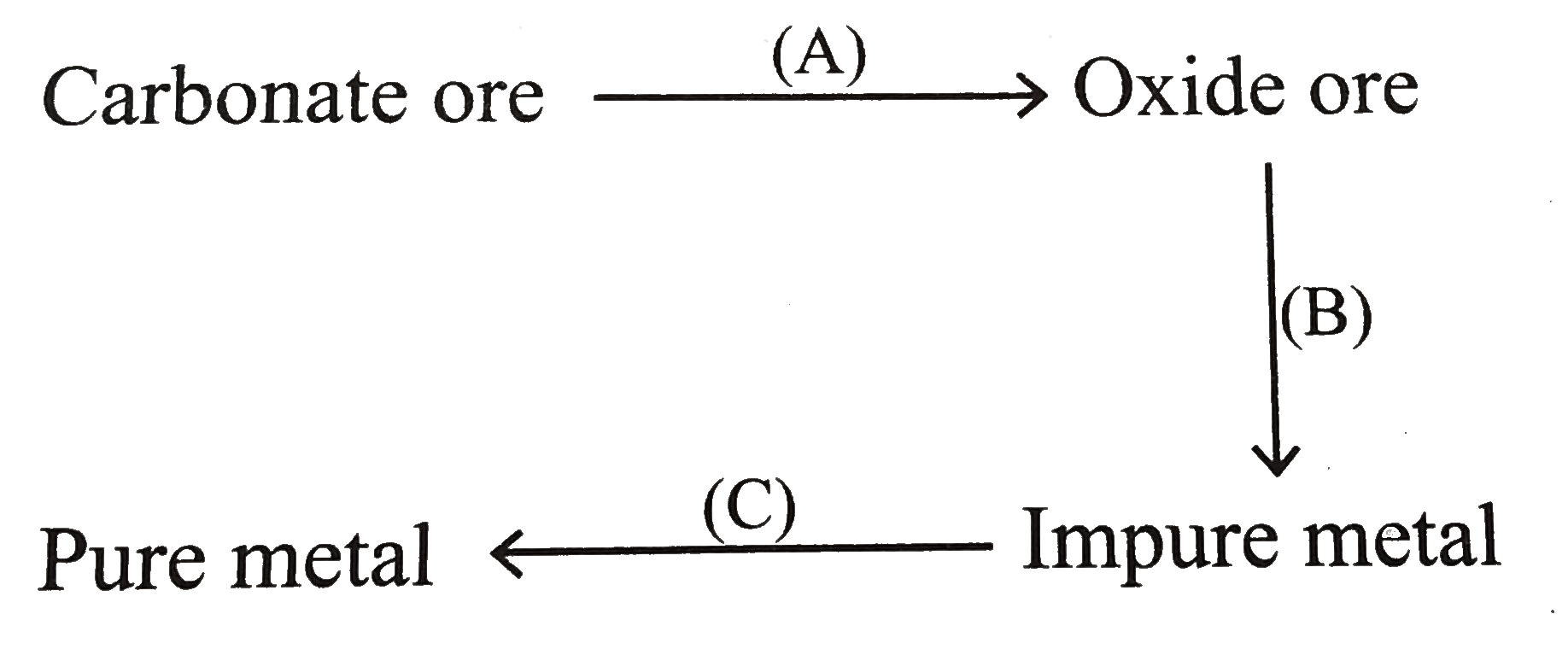Give examples of (a) Hydrotropism (b) Chemotropism
a) What do life processes include?
b) Name some life processes in living beings.
Step-by-Step Solution:
1. Hydrotropism:
- Hydrotropism refers to the growth of plant roots towards moisture or water.
- Examples:
- Tomato roots grow towards water sources in the soil.
- Radish roots exhibit hydrotropism by growing towards areas with higher moisture.
- Carrot roots also grow towards water, demonstrating hydrotropic behavior.
2. Chemotropism:
- Chemotropism is the growth of an organism in response to a chemical stimulus.
- Example:
- The pollen tube of a flowering plant grows towards the ovule, guided by chemical signals released by the ovule.
---
(b) Life Processes:
1. What do life processes include?
- Life processes include various functions that are essential for the survival and growth of living organisms. These are:
- Organization: The structural arrangement of cells and tissues.
- Metabolism: The sum of all chemical reactions in the body, including energy production.
- Movement: Locomotion or movement of organisms or parts of organisms.
- Reproduction: The process of producing offspring.
2. Name some life processes in living beings:
- Some key life processes in living beings include:
- Growth: Increase in size and mass of an organism.
- Differentiation: The process where cells become specialized for specific functions.
- Respiration: The process of converting food into energy.
- Digestion: The breakdown of food into simpler substances for absorption.
- Excretion: The removal of waste products from the body.
---
- Hydrotropism refers to the growth of plant roots towards moisture or water.
- Examples:
- Tomato roots grow towards water sources in the soil.
- Radish roots exhibit hydrotropism by growing towards areas with higher moisture.
- Carrot roots also grow towards water, demonstrating hydrotropic behavior.
- Chemotropism is the growth of an organism in response to a chemical stimulus.
- Example:
- The pollen tube of a flowering plant grows towards the ovule, guided by chemical signals released by the ovule.
- Life processes include various functions that are essential for the survival and growth of living organisms. These are:
- Organization: The structural arrangement of cells and tissues.
- Metabolism: The sum of all chemical reactions in the body, including energy production.
- Movement: Locomotion or movement of organisms or parts of organisms.
- Reproduction: The process of producing offspring.
- Some key life processes in living beings include:
- Growth: Increase in size and mass of an organism.
- Differentiation: The process where cells become specialized for specific functions.
- Respiration: The process of converting food into energy.
- Digestion: The breakdown of food into simpler substances for absorption.
- Excretion: The removal of waste products from the body.
Topper's Solved these Questions
- BOOK - BETOPPERSCHAPTER - LIFE PROCESSESEXERCISE - WORKSHEET 614videos
LIFE PROCESSES
- BOOK - BETOPPERSCHAPTER - HOW DO ORGANISM REPRODUCEEXERCISE - COMPETITIVE WORKSHEET44videos
HOW DO ORGANISM REPRODUCE
- BOOK - BETOPPERSCHAPTER - MANAGEMENT OF NATURAL RESOURCESEXERCISE - WORKSHEET 215videos
MANAGEMENT OF NATURAL RESOURCES
Similar Questions
Knowledge Check
- Question 1 - Select One
B.S. Bloom educational process includes
Aeducational objectivesBlearning experiencesCchange in behaviourDAll of the above - Question 2 - Select One
B.S. Bloom educational process includes
Aeducational objectivesBlearning experiencesCchange in behaviourDAll of the above - Question 3 - Select One

Name the process (B).AReductionBRoastingCMond's processDVan Arkel process
Which are the important life processes in living organisms ?
View SolutionWhich are the important life processes in living organisms ?
View SolutionGive some examples of emulsions that you come across in daily life.
View SolutionAnswer the following:
(a) Give an example of an organism undergoes this type of reproduction.
(b) Name the process of reproduction.
( c) Explain the above process.View SolutionGive an example of plants with
(a) haplontic life cycle
(b) diplontic life cycle
(c) haplo diplontic life cycleView Solution

